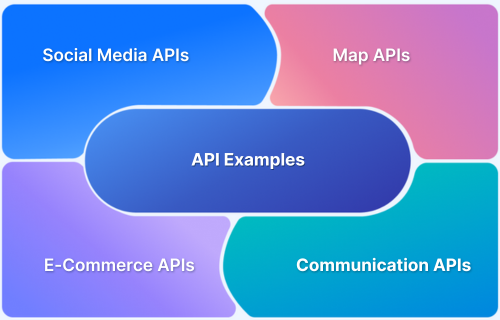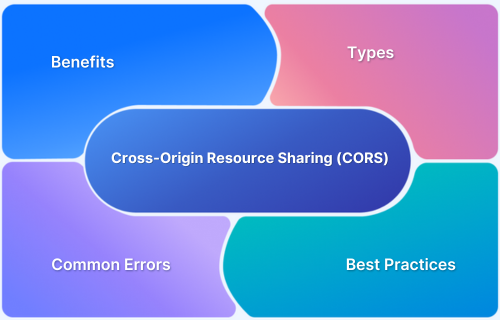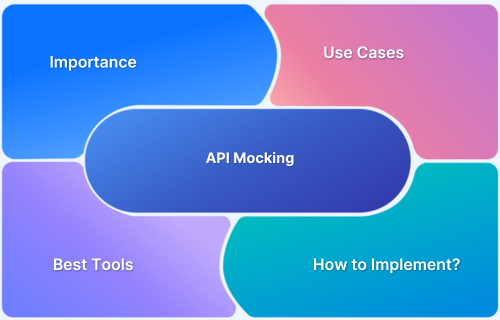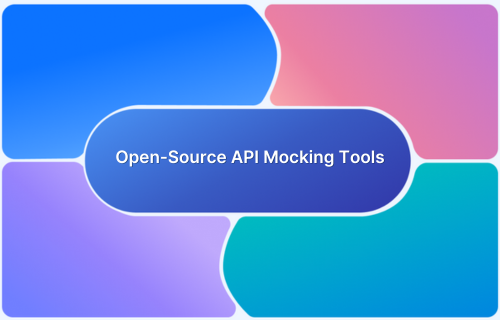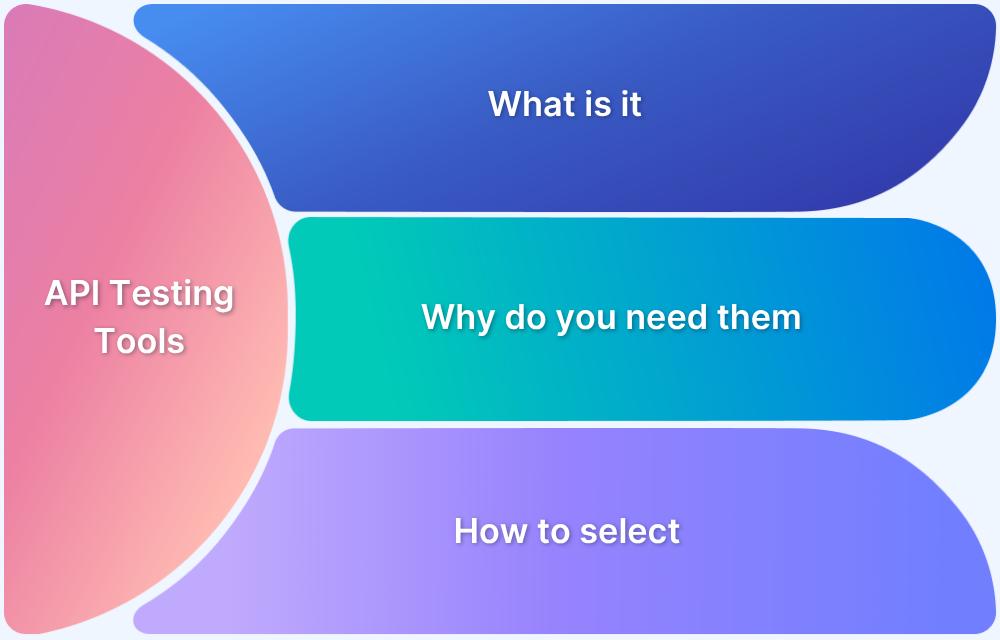Scalars form the foundation of GraphQL, representing the primitive values exchanged between clients and servers. While GraphQL provides a set of built-in scalars, complex applications often require custom ones to handle domain-specific data such as dates, emails, or currency.
Overview
A GraphQL scalar represents a single, indivisible value, such as a number, string, or boolean, that forms the basic data unit in a GraphQL schema. Scalars define how primitive data is described, validated, and transferred between client and server.
Five standard GraphQL scalar types:
- Int: A signed 32-bit integer.
- Float: A signed double-precision floating-point value.
- String: A UTF-8 character sequence.
- Boolean: Represents true or false.
- ID: A unique identifier, often used for object references.
Core components of GraphQL scalars:
- Serialization: Converts server-side data into a format suitable for client responses.
- Parsing: Validates and transforms input values received from the client.
- Type Coercion: Ensures values conform to the expected scalar type.
- Schema Definition: Declares scalar types and associates them with specific fields.
- Validation: Enforces data integrity by rejecting invalid or out-of-range values.
This article explores GraphQL scalars, covering their core concepts, built-in types, and the need for custom scalars.
Understanding GraphQL Scalars
In GraphQL, scalars are the most basic data types that represent single, atomic values, such as strings, numbers, or booleans, rather than complex objects. Every field in a GraphQL schema ultimately resolves to a scalar value, making them the foundation of data representation and communication between the client and server.
Scalars handle how data is defined, validated, and serialized within an API. For instance, when a client requests a user’s name or ID, the server responds with scalar values that match those types. Understanding how scalars work is essential to designing clear, predictable, and type-safe GraphQL schemas.
Built-In Scalar Types in GraphQL
GraphQL includes a predefined set of scalar types that cover the most common data representations needed in APIs. These standard scalars form the foundation for defining fields and ensuring consistent data exchange between clients and servers.
The five built-in GraphQL scalar types are:
- Int: Represents a signed 32-bit integer, used for whole numbers.
- Float: A signed double-precision floating-point number for decimal values.
- String: A sequence of UTF-8 characters, commonly used for textual data.
- Boolean: Represents a true or false value, often used for conditional logic.
- ID: A unique identifier typically used to reference objects, serialized as a string.
These built-in scalars ensure a consistent and type-safe way to define and exchange primitive data across GraphQL schemas and client queries.
Importance of Custom Scalar in GarphQL
While GraphQL’s built-in scalars cover most basic data types, real-world applications often require handling more complex or domain-specific values. Custom scalars allow developers to define new data types that go beyond the defaults, enabling precise validation and consistent data representation.
Custom scalars are important because they:
- Enhance data integrity: Enforce validation rules for domain-specific inputs such as emails, URLs, or phone numbers.
- Improve schema clarity: Provide meaningful type definitions that better reflect business logic (e.g., DateTime, Currency, JSON).
- Ensure consistency: Maintain uniform data formats across clients and services.
- Reduce redundancy: Centralize validation and serialization logic instead of repeating it in multiple resolvers.
- Strengthen type safety: Help detect invalid inputs early, preventing runtime errors and data inconsistencies.
By using custom scalars, developers can create APIs that are both expressive and robust, improving reliability and communication between systems.
Creating Custom Scalar Types
Custom scalars extend GraphQL’s built-in type system, allowing you to represent domain-specific data with custom validation and serialization logic. They are defined in the schema using the scalar keyword and implemented on the server to control how values are parsed and returned.
Steps to create a custom scalar:
1. Define the scalar in the schema
scalar DateTime
This declares a new scalar type named DateTime that can be used in fields and arguments.
2. Implement serialization and parsing logic
On the server, define how the scalar handles input and output-transforming raw values into the correct internal representation.
- Serialize: Convert server-side data to a response-friendly format.
- parseValue: Validate and parse input values from variables.
- parseLiteral: Process values provided directly in GraphQL queries.
Example: DateTime Scalar (JavaScript / Apollo Server):
const { GraphQLScalarType, Kind } = require(‘graphql’);
const DateTime = new GraphQLScalarType({
name: ‘DateTime’,
description: ‘A valid date-time value in ISO-8601 format’,
serialize(value) {
return value.toISOString(); // Outgoing response
},
parseValue(value) {
return new Date(value); // From client variables
},
parseLiteral(ast) {
return ast.kind === Kind.STRING ? new Date(ast.value) : null;
},
});
4. Attach to your schema
Include the scalar in your schema resolvers so it’s recognized and used by GraphQL queries.
Custom scalars like DateTime, Email, or UUID improve validation, maintain consistent data formatting, and make schemas more expressive and self-documenting.
Language-Specific Scalar Implementations
Different programming languages provide their own ways to define and manage custom GraphQL scalars, often through framework-level support. While the concept remains consistent, defining how data is parsed, validated, and serialized, the implementation details vary depending on the language and GraphQL library used.
1. JavaScript / TypeScript
Frameworks like Apollo Server and GraphQL Yoga allow scalar creation using the GraphQLScalarType class.
Example:
const { GraphQLScalarType, Kind } = require(‘graphql’);
const Email = new GraphQLScalarType({
name: ‘Email’,
description: ‘A valid email address’,
serialize(value) { return value; },
parseValue(value) { return validateEmail(value) ? value : null; },
parseLiteral(ast) { return ast.kind === Kind.STRING ? ast.value : null; },
});Scalars can then be easily integrated into the resolver map for use in schemas.
2. Python
Libraries like Graphene and Strawberry use class-based scalar definitions.
Example with Graphene:
from graphene import Scalar
from graphql.language import astclass DateTime(Scalar):
def serialize(self, value):
return value.isoformat()def parse_value(self, value):
return datetime.fromisoformat(value)def parse_literal(self, node):
if isinstance(node, ast.StringValue):
return datetime.fromisoformat(node.value)
3. Java / Kotlin
Using graphql-java, scalars are implemented via the GraphQLScalarType builder:
GraphQLScalarType DateScalar = GraphQLScalarType.newScalar()
.name(“Date”)
.description(“A custom date scalar”)
.coercing(new Coercing() {
public String serialize(Object dataFetcherResult) { return dataFetcherResult.toString(); }
public Date parseValue(Object input) { return Date.valueOf(input.toString()); }
public Date parseLiteral(Object input) { return Date.valueOf(input.toString()); }
})
.build();
This offers full control over data coercion and validation.
4. Rust
Frameworks such as async-graphql and Juniper provide macro-based scalar creation, offering type safety at compile time.
Example with async-graphql:
use async_graphql::{Scalar, ScalarType, Value, InputValueResult};
#[derive(Clone)]
struct Email(String);
#[Scalar]
impl ScalarType for Email {
fn parse(value: Value) -> InputValueResult {
if let Value::String(s) = &value {
if s.contains(‘@’) {
return Ok(Email(s.clone()));
}
}
Err(“Invalid email format”.into())
}
fn to_value(&self) -> Value {
Value::String(self.0.clone())
}
}
Each language ecosystem provides abstractions that align with its type system and concurrency model, but the principle remains consistent: custom scalars define clear rules for how domain-specific data is represented and validated within a GraphQL API.
Best Practices to Use Scalars
Use scalars to express data precisely, keep validation close to the type boundary, and ensure client-server alignment.
- Model intent, not storage: Choose scalars that reflect domain meaning (e.g., DateTime, Email, Currency) rather than using generic String.
- Keep scalar logic focused: Limit scalars to parsing, validation, and serialization. Put business rules in resolvers or services.
- Specify formats explicitly: Document exact wire formats (e.g., ISO-8601 for dates). Use the @specifiedBy(url: …) directive to link a formal spec.
- Be strict on input, predictable on output: Reject invalid inputs early with clear error messages; serialize to a single, consistent format.
- Handle nullability deliberately: Prefer non-nullable where feasible; use Option/null intentionally to signal absence rather than errors.
- Avoid scalar proliferation: Introduce a custom scalar only when it improves clarity or enforces critical validation across the schema.
- Reuse proven libraries: Adopt community scalar packages when available (e.g., well-tested DateTime, URL, UUID) to reduce maintenance burden.
- Ensure client compatibility: Configure client mappings for custom scalars (codegen/type adapters) and document any required conversions.
- Version and migrate safely: If a format must change, add a new scalar or field alongside the old one, deprecate gradually, and communicate timelines.
- Test at the boundary: Unit-test scalar parse/serialize paths (valid/invalid/edge cases) and add integration tests covering client-server round-trips.
- Log and observe failures: Include scalar validation errors in structured logs/metrics to surface bad inputs and monitor schema health.
- Mind performance: Keep parsing lightweight; avoid expensive I/O or lookups inside scalar coercion paths.
Test and Debug Scalars with Requestly
Requestly by BrowserStack is a developer tool that allows you to intercept, modify, and mock HTTP or GraphQL requests and responses. It helps in testing, debugging, and simulating different API behaviors without changing application code.
Use Requestly to validate how your GraphQL API and clients handle custom scalars, without changing code or redeploying.
- Target specific operations: Create a rule matching your GraphQL endpoint (e.g., /graphql) and filter by request body (e.g., “operationName”:”CreateUser”) to focus on scalar-bearing operations.
- Mock valid/invalid inputs: Replace the response body to simulate server validation for scalars like DateTime, Email, URL, or UUID.
- Valid case: return normalized values (e.g., ISO-8601 timestamps) and confirm client parsing.
- Invalid case: return errors with extensions.code, or null fields, to verify client error handling and null safety.
- Probe nullability and defaults: Mock responses that omit optional fields or set them to null to test client handling of Option/nullable schema fields.
- Check format consistency: Modify responses to use alternative formats (e.g., timestamp vs ISO-8601) and ensure your client rejects or adapts per the scalar’s rules.
- Header-driven scenarios: Inject or edit headers (e.g., Authorization, locale) to test scalars whose parsing may depend on context or policy.
- Latency and resilience: Add artificial delay to observe loaders, retries, and timeout behavior when scalar-heavy payloads are large or slow.
- Environment switching: Redirect requests from production/staging to a local server to reproduce scalar parsing bugs with your latest build.
Conclusion
Scalars are the foundation of GraphQL’s type system, ensuring that data passed between clients and servers remains precise, predictable, and validated. While the built-in scalars cover most basic needs, custom scalars provide the flexibility to handle domain-specific data such as dates, emails, or complex identifiers. Implementing them correctly across different languages enhances schema expressiveness and data integrity.
By following best practices, keeping scalar logic focused, maintaining consistent formats, and validating through tools like Requestly, developers can build GraphQL APIs that are both robust and maintainable. Well-defined scalars not only strengthen type safety but also improve clarity and reliability across the entire GraphQL ecosystem.



